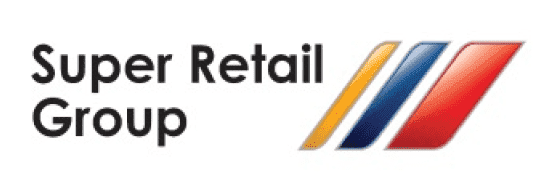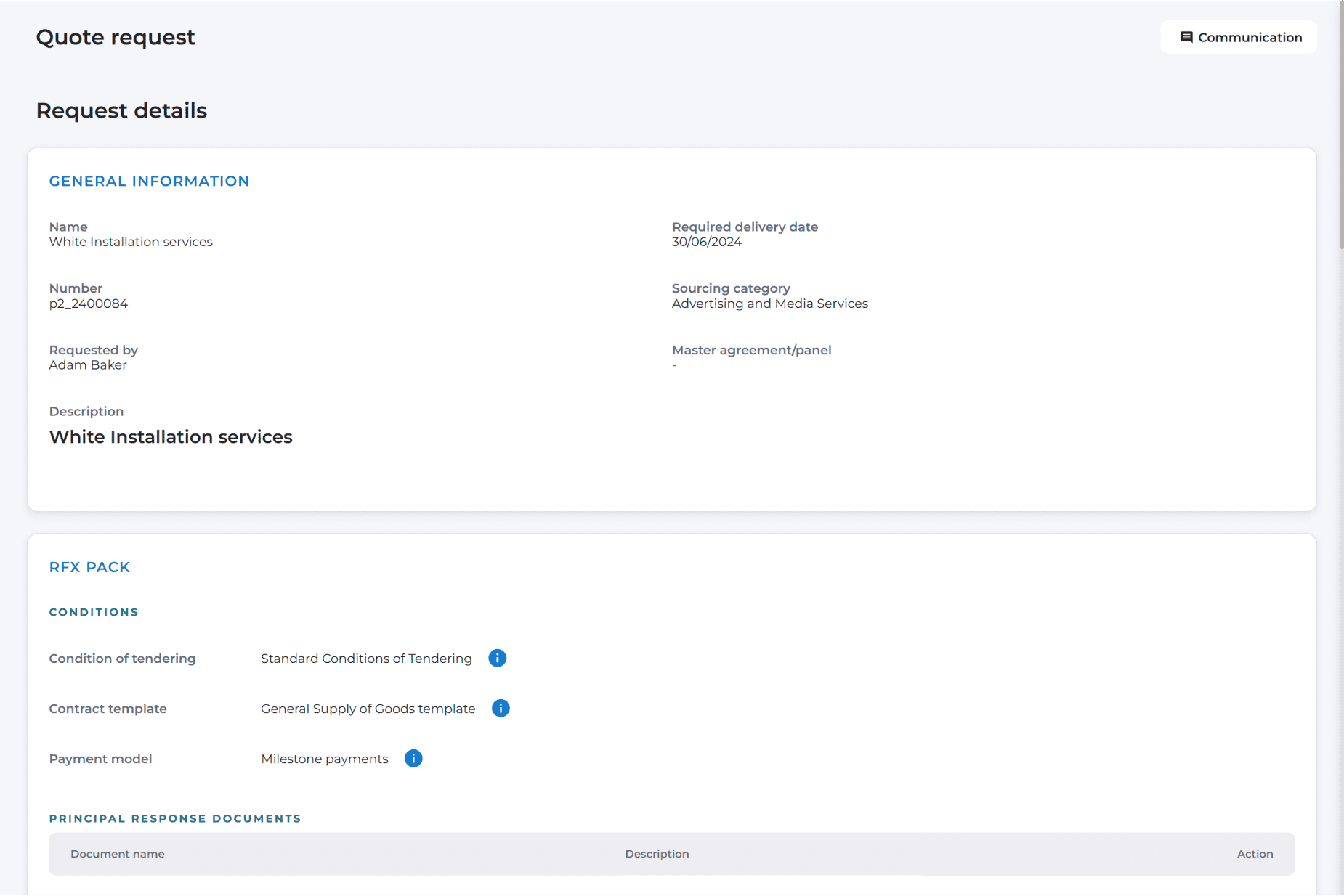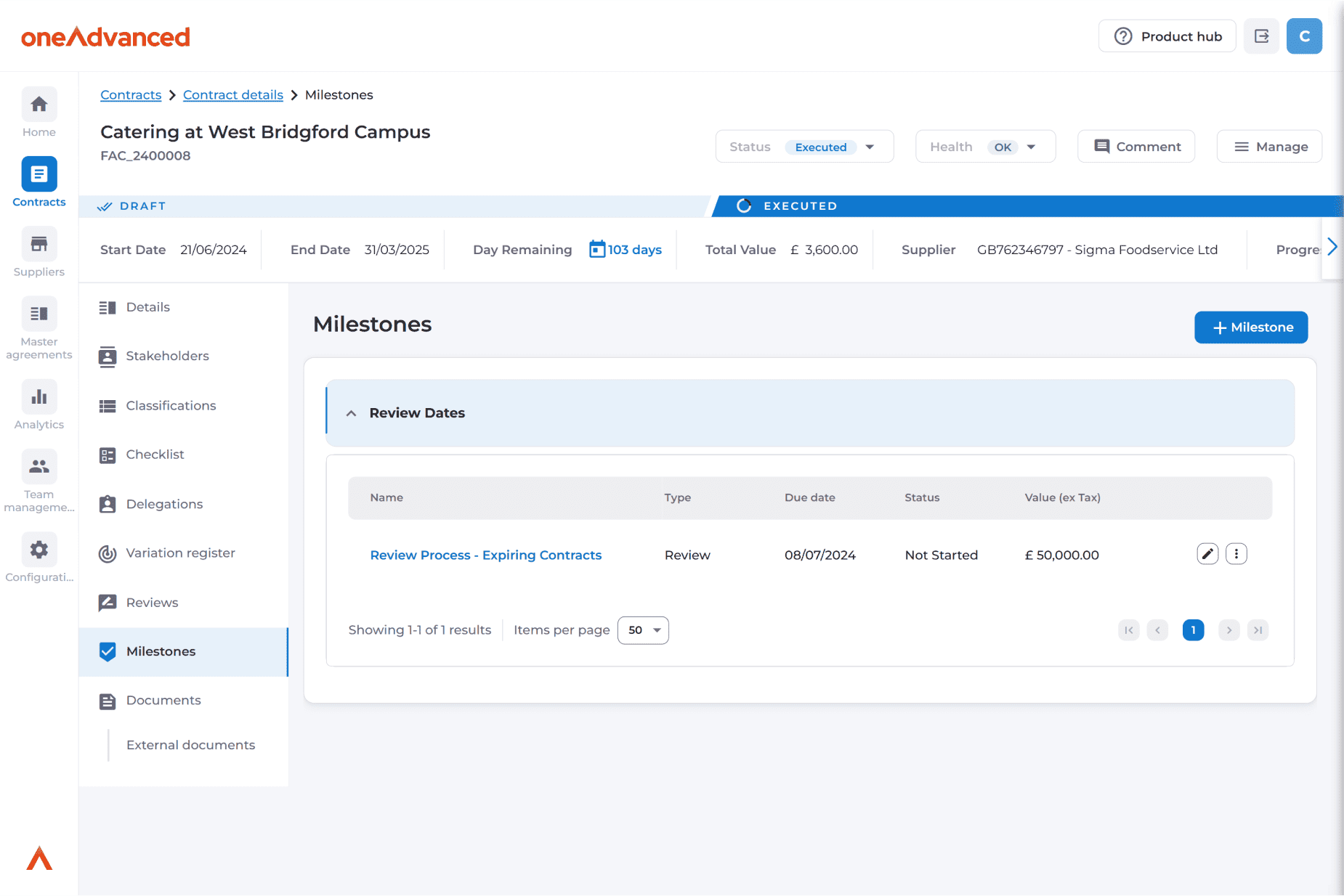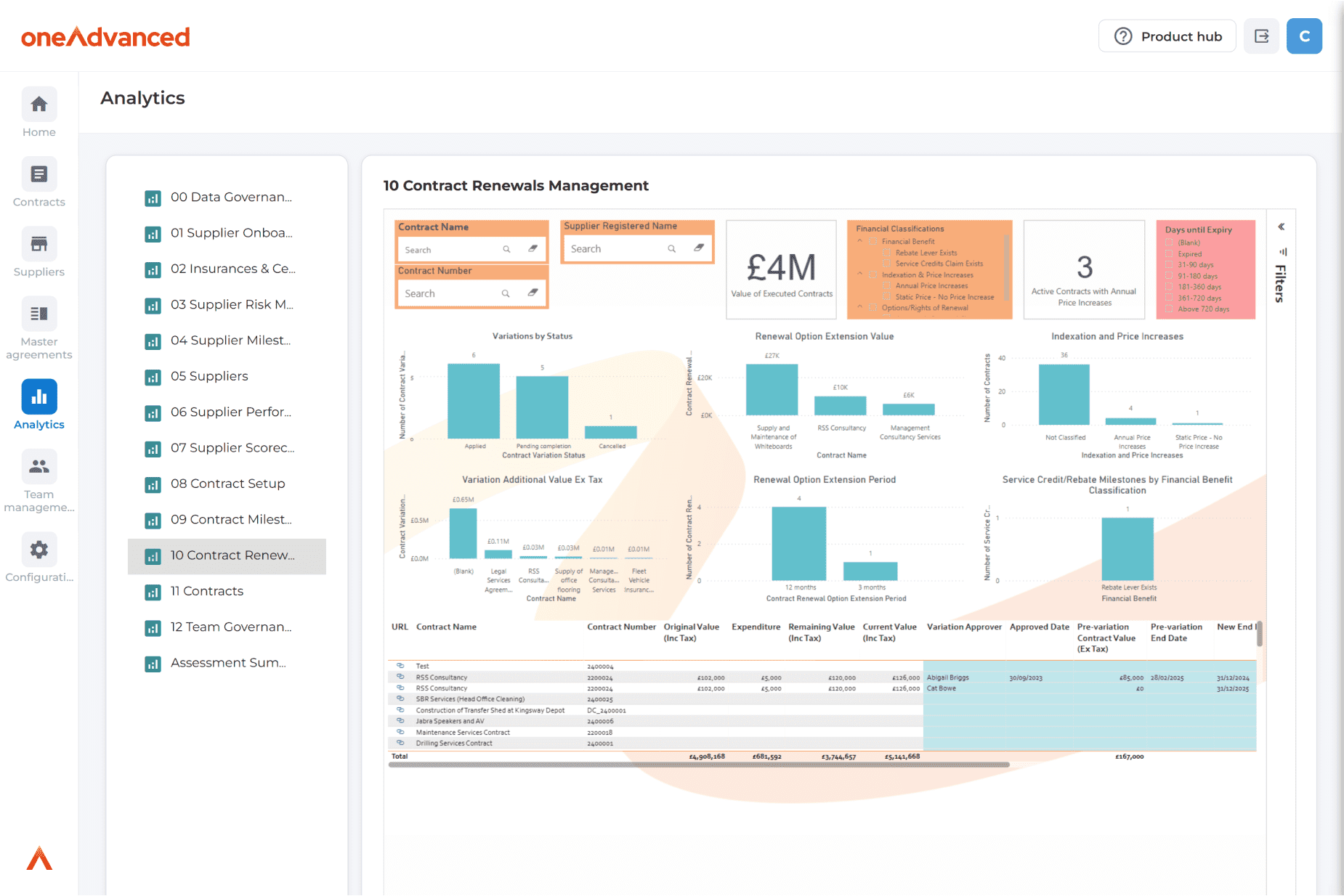Source to Contract Software
Streamline sourcing, supplier, and contract management with a full S2C solution
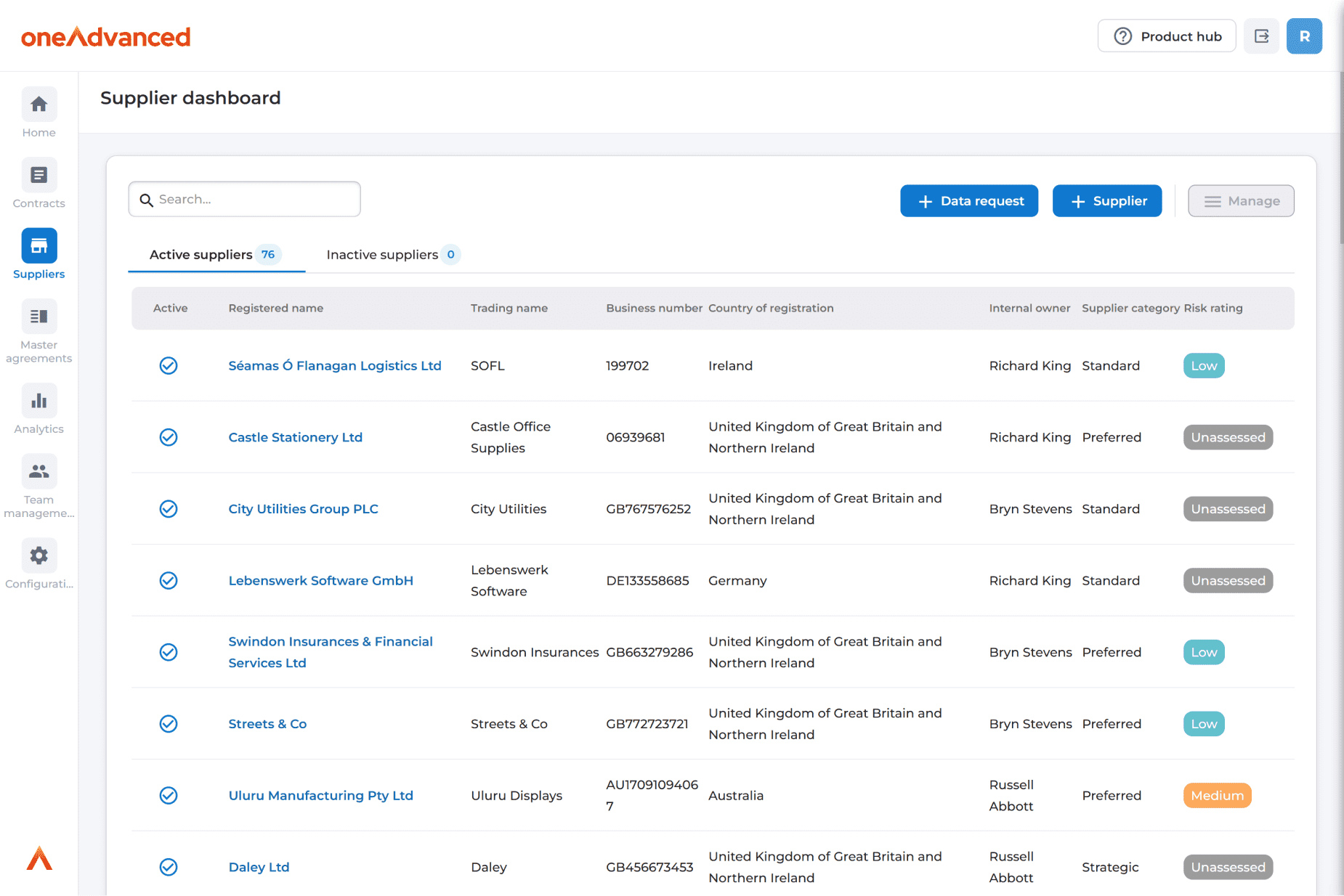
Designed for business users, procurement teams, and leaders, our solution streamlines workflows, ensures compliance, and enhances visibility across procurement. Supporting every stage of your procurement process, we scale to fit your unique needs, recognising that one size doesn’t fit all.
Trusted by leading organisations
Our Source-to-Contract software offers full visibility and control over your sourcing, suppliers, and contracts

Sourcing Management
The Sourcing Management module simplifies the Source-to-Contract process with a self-serve approach. Providing guided tools for users, a central hub for tracking progress and to negotiate contracts, insights for leaders to manage spend, align with strategic goals, and ensure compliance. This builds on our Supplier and Contract Management solution, streamlining sourcing throughout the entire procurement cycle.

Supplier Management
Consolidate supplier information, monitor performance, and assess risks with tools that enhance collaboration and compliance. With Supplier Management, you can simplify onboarding, track performance, and identify risks in one place. Our Supplier Management solution is combined with our Contract Management solution, providing complete visibility and control over your suppliers and contracts.

Contract Management
Automate and streamline every stage of the contract lifecycle, from creation to renewal. Manage contracts in one place to gain complete visibility and control. Dashboards and alerts keep you on top of deadlines and optimise contract value. Our Contract Management solution combines our Supplier Management solution, offering complete visibility and control over suppliers and contracts.
Transform your procurement with end-to-end Source-to-Contract software
Whether you're early in your procurement maturity journey or growing, our contract management tools will guide you through each phase.
For Sourcing Management: End-to-end, self-serve sourcing
From planning and sourcing suppliers to awarding contracts, our solution streamlines workflows, saves time, and helps teams make better decisions, all with easy self-serve tools. Enhance efficiency through a single-entry point into procurement for the entire business. Users create sourcing requests, collaborate with procurement teams, and track progress, all within a simple, guided process. Reduce errors, streamline workflows, and maintain compliance.
1 of 2

Source to Contract Value Calculator
Find out how much our software could save your organisation

With OneAdvanced, putting a tender out now through the system takes us about fifteen to twenty minutes, which is a vast improvement to what it used to be. OneAdvanced has also provided us with excellent support.
Mia Kunow, Contract Operations ManagerLocal Government ProcurementOneAdvanced has allowed us to streamline our workflows, allow consistency in those workflows and have a lot of our activities follow the one channel rather than previously multiple channels.
Darren Oliver, Group Manager - ProcurementWEHII find the software is very intuitive and our people find it easy to use. For our workflows, what it's really given us is efficiencies in removing duplications in form questions.
Karen Watson, Systems Analytics ManagerDepartment of Primary Industries and Regional Development
Gain control and visibility of your suppliers and their contracts
Simplify sourcing, supplier, and contract management to drive growth.
Why work with OneAdvanced?
We provide full solutions that effortlessly get the job done, allowing our customers to focus on thriving for the people who rely on them.
Solutions for your sector.
We leverage unparalleled sector experience to provide software and services that help you get the job done.The power of people
Our dedicated professionals are ready to connect with you and find the solution that makes a difference.Putting you first
We put our customers first in everything we do, making sure that the work we do is focused on the needs of your team.FAQs
Contact our sales and support teams. We’re here to help.
Speak to our expert consultants for personalised advice and recommendations or to book a demo.
Call us on
1300 884 831Please enter your details, and our team will contact you shortly.
All fields are required
From simple case logging through to live chat, find the solution you need, faster.
Support centre